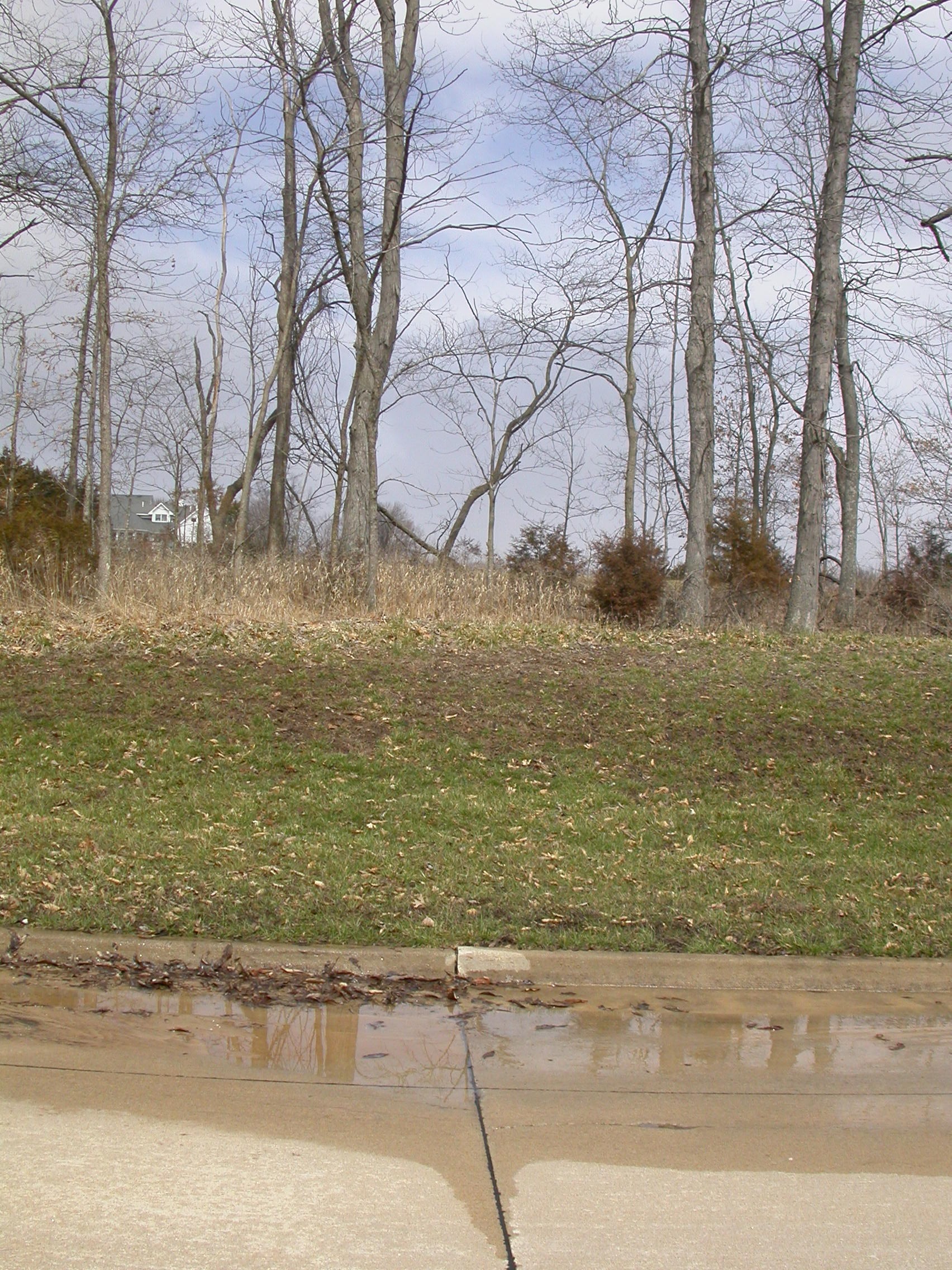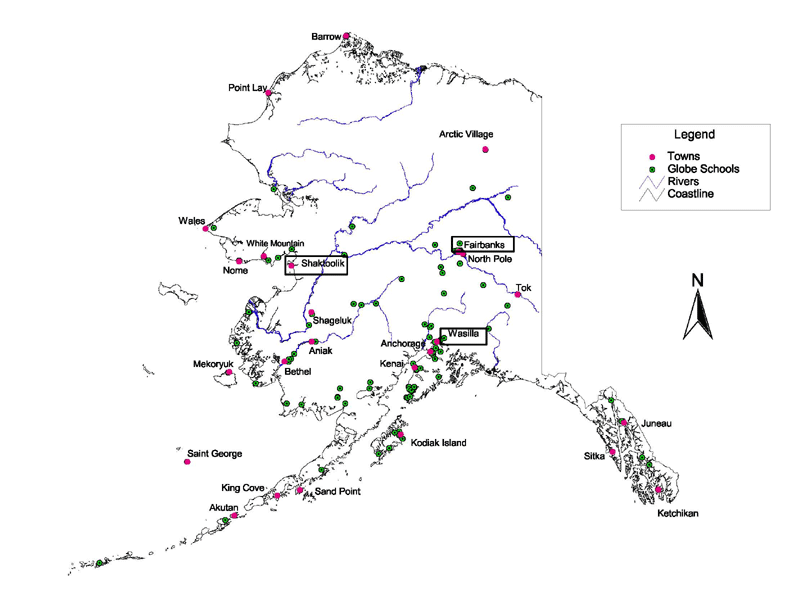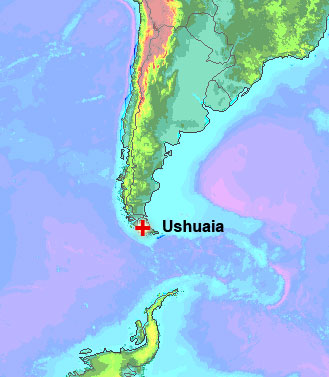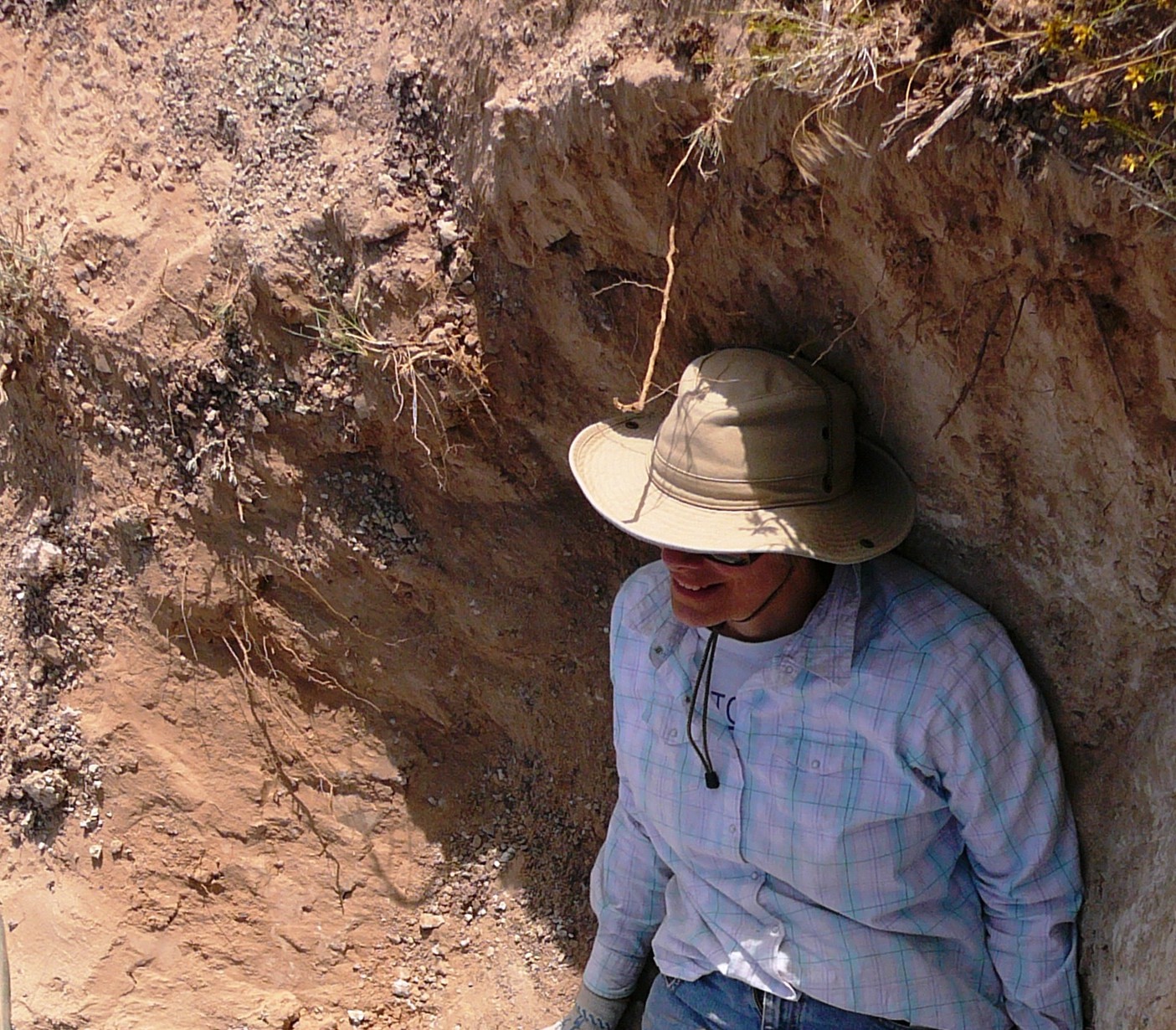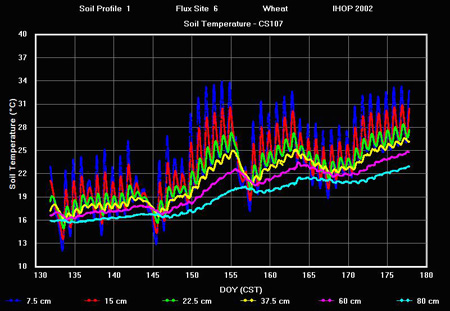Puddles and the GLOBE inquiry model
Friday, April 25th, 2008As the last (I promise!) blog on the Missouri puddle, I describe the informal puddle investigation in terms of the GLOBE Inquiry Model.
The GLOBE Inquiry Model is a simple way to describe how scientists investigate questions. It’s easier to deal with the inquiry process in the classroom if the steps are described. In reality, the way scientists “do” inquiry is much messier, and different scientists have different ways of doing their research. But, in the end, they have to do all the same things that will be described here. Often, scientists return to each step a number of times while they are learning about the question they are investigating. This was illustrated a little bit in the puddle blog.
To summarize, here are the steps
- Observe natural phenomenon
- Explore, extend, and refine observations
- Develop investigation plan
- Conduct investigation
- Analyze data
- Summarize findings and conclusions
- Share findings and conclusions
- Identify new research questions
This is but one summary. There are many other ways of summarizing the inquiry process. For example, “Form a hypothesis” is often a listed step (in fact, is an option under “Explore, extend, and refine observations.”) Also, “Conduct Investigation” includes making observations, but they are now more systematic.
Note that not all scientific investigations start with a hypothesis. In some investigations, a question is narrowed down until an answer seems possible given the time and resources available for the investigation. For example, it is quite legitimate to ask “Has snowfall decreased in my hometown in the last 50 years?” Sometimes scientists start investigations with a question and develop a hypothesis in the course of the study. Other times, scientists alter their hypotheses as they discover new things.
Okay, let’s get started.
1. Observe the natural phenomenon
The way I work is that I look for surprises – something I can’t easily explain. Maybe if I don’t understand it, other people don’t either.
In this case, I saw a puddle that remained large (and possibly even grew) even though it had not rained or snowed for several days. Also, the puddle remained liquid, which seemed surprising given subfreezing temperatures for several days. This didn’t make sense to me. So I started to watch the puddle.
2. Explore, extend, and refine questions
In February, I walked to the puddle several times in a few days, to see what was happening to it. The fact that it was still there intrigued me. Also, I discovered a line of fire hydrants on the same side of the road as the puddle, which meant that there was an underwater pipe. (Was the pipe broken?) Finally, I noticed salt crystals on the road one morning; with newly fallen snow melting around the salt crystals. (Could the salt be keeping the water from freezing?)
3. Develop investigation plan
Given the observations I had made – no rain, possible broken underground pipe, very cold weather, I had two hypotheses regarding the origin of the puddle, namely:
- The puddle was the result of a break in the pipe connecting the fire hydrants.
- The puddle was fed by water running downhill beneath the surface (it was frozen at the surface).
I also had two hypotheses why the puddle was liquid.
- The puddle was supplied by underground water that was warm enough to be liquid
- The puddle didn’t freeze because of the salt on the road.
To see whether a leaky pipe caused the puddle:
- In February, I decided to interview people who knew about the road.
- In March, I decided to check to see if the puddle was there after several warm and dry days. If there was a leaky pipe, I would have expected to see a puddle.
To see whether the puddle came from water below the frozen ground:
- In February, I decided to look for data showing it was possible for the soil (and water) below the surface to be warmer than freezing during short (week-long) periods with air below freezing. (It would have been ideal to take measurements near the puddle, but I did not have the proper equipment).
- In February, I also decided it was important to check to see whether there was water on the surface, even thought it was quite cold.
- In March, I decided to check to find how underground water could flow onto the street.
Notice that this was not all done at once. I went back and refined my investigation plan, when I found out I had the opportunity to check further.
4. Conduct Investigation
To investigate whether the puddle was supplied by underground water:
- I continued to observe the puddle to see whether it was changing in size (February).
- I obtained wintertime data from Smileyberg, Kansas, and Bondville, Illinois, to see how soil temperature behaved during ~week-long periods when temperatures were much colder than normal (and also below freezing). I plotted the air temperature and soil temperature during the cold periods, to confirm that the soil temperature could be above freezing (February).
- I looked for openings in the street and curb for underground water to flow through to supply the puddle.
To investigate the broken-pipe hypothesis:
- I asked my nephew about whether the pipe could be broken. He thought it unlikely because the pipes were very new.
- I checked the puddle location a month later, when warm weather dried the ground. There was no puddle, which made me think that the pipe was probably o.k.
- Also, I knew from my family and the appearance of the ground that the pipe had not been repaired.
To investigate the salt hypothesis:
- I looked for evidence of salt on the road (salt crystals, melting around the crystals, and white stain on the road where salty water had dried up).
- I interviewed a colleague who had been involved in studying arctic ice.
5. Analysis of the data
- I compared the puddle sizes (from memory and photographs).
- I plotted the air temperature and soil temperature at several levels to confirm that the soil could remain above freezing even when the air got quite cold.
- I compiled evidence of salt (the crystals, the stain the road where the puddle had been, Even the slushy appearance of the water was associated with it being cold and salty).
- I compiled evidence that the pipes were not leaking (the pipes were new, the contractor had a good reputation, there was no puddle after a dry spell, and it was obvious no one had repaired the pipe between my visits to the site).
6 and 7. Summarizing findings and conclusion and sharing findings
By doing my blog, I was working on this part even before I had finished the investigation. Were I to write this as a report, I would summarize the hypothesis, methods, and results as if they were done in an orderly manner. The timing of a result – be it before or after I was working on hypotheses, doesn’t really matter in the final report.
Were I not doing a blog, I would have recorded similar information in my laboratory notebook, so that I could be reminded of the details when I wrote the final report. (Here is a sample final report.)
8. Identify new research questions
It is rare that someone finishes up a research project without thinking of more questions. I was thinking of them the entire time. I was so excited about the possibility of underground water causing a liquid puddle when the air temperature was well below freezing, I didn’t think of the effects of salt. That is, until the next day when I saw the snow melting around the salt crystals. Now, I’m wondering if the cars disturbing the puddle kept it from freezing as well. And tomorrow I might think of other ideas.
It is not easy to decide when to finish a study. If you are a student, you have a due date that forces you to stop. If you are scientist, and are being paid to finish a project by a deadline, you also have to stop – at least until you can find someone to pay you to answer your next question.
In fact, scientists I know usually find that their investigations often lead to more questions than answers.
In the same way, thinking about the evidence kept giving me new ideas for what to look for. So, instead of a few tasks done one by one, I was sometimes doing several at once.
